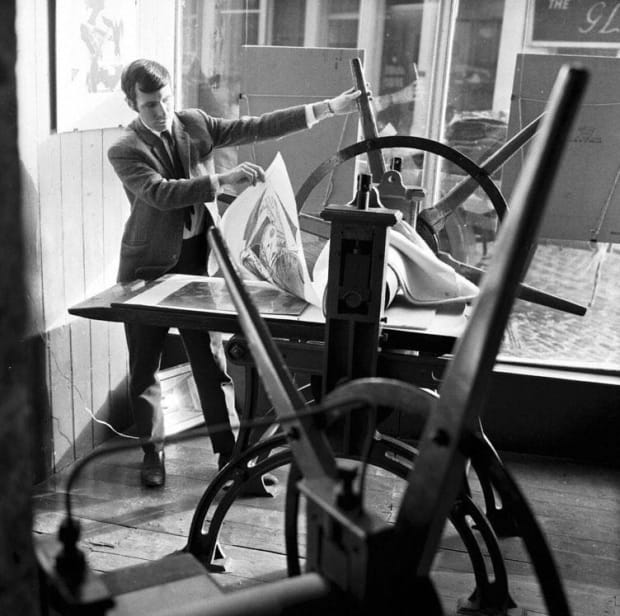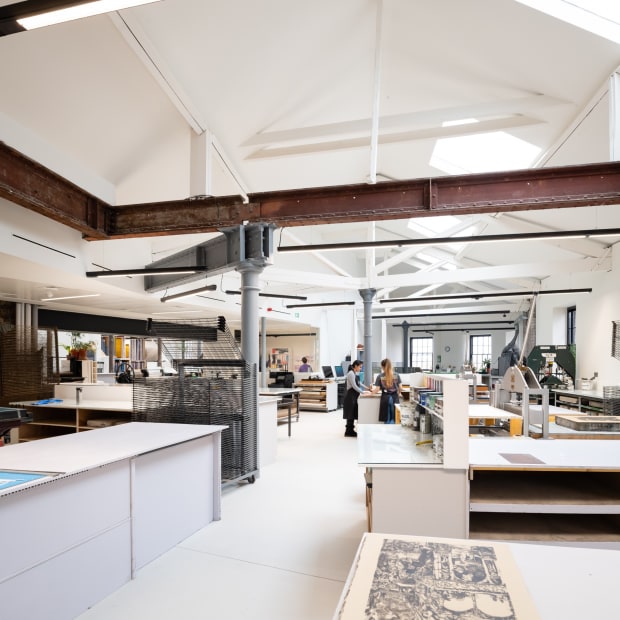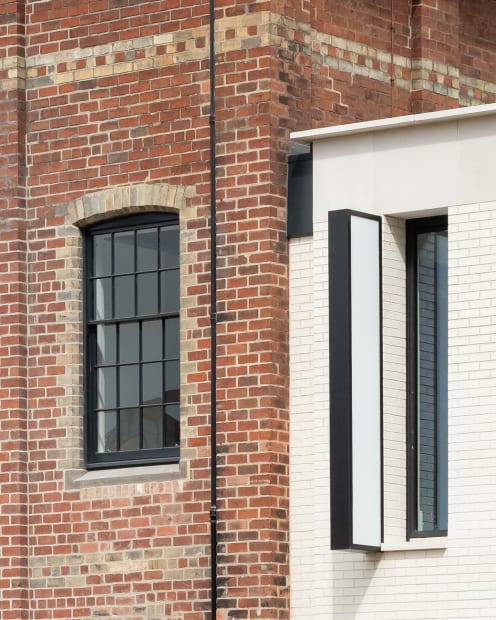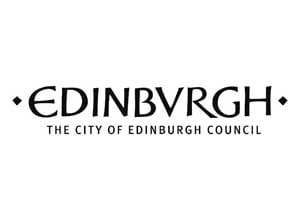Edinburgh Printmakers was established in 1967 as the first open-access studio in Britain. The studio facilities are open to anyone who would like to take a course or join as a member.
In 2019 we moved from our former home on Union Street to Castle Mills, Dundee Street in Fountainbridge.
We provide space, expertise, and support for artists to develop their practice, networks, and professional experience, at various stages of their careers. We have a distinctive offer for printmakers and has developmental opportunities for both artists and the creative industries, supporting learning, production, presentation, and exchange that will have a significant impact on their practice and profile.
Edinburgh Printmakers has played a key role in the careers of Alan Davie, John Bellany, Carol Rhodes, John Byrne, and Kate Downie, among others. A supportive community continues to encourage contemporary artists across Scotland and beyond to push beyond the boundaries of their respective disciplines and embrace the medium of print.
Our permanent collection charts the history of our studio and the many artists we have worked with over the years.
-
-
-
-
In 1969, a huge fire spelt the end of the Castle Mill site, which was then sold to Scottish and Newcastle Breweries. The surviving Gilmore Park building was North British Rubber Company’s head office and registered address. Built in 1894 by an unknown architect, it consisted of a sixteen-bay, two-storey building and basement constructed of red brick with yellow brick banding. The building was C-listed in 1998.
William McEwan opened his Fountain Brewery in 1856. He soon established a flourishing colonial trade with McEwan’s Export and India Pale Ale. The company merged with William Younger, another famous Edinburgh brewer, to form Scottish Brewers Ltd in 1931. It grew to be the UK’s largest brewery and the third largest in Europe, trading as Scottish & Newcastle Breweries Ltd from 1960. The brewery took over the North British Rubber Company site as part of its 1971-3 expansion on the other side of Fountainbridge from the original brewery (now Fountain Park Leisure Centre). This housed one of the world’s largest and most automated brewing complexes.
When the Fountain Brewery closed in 2004 and was later demolished, the North British Rubber Company building became derelict. In 2010, following local opposition, Edinburgh City Council withdrew an application to demolish the building, and its heritage value was increasingly recognised, thanks to the campaigning efforts of preservation bodies and the Fountainbridge Canalside Initiative. The local community has been incredibly supportive of Edinburgh Printmakers’ plans to preserve the last remnant of a forgotten industry and of an area that was once the city’s powerhouse of industry.
-
 Edinburgh Printmakers is a member of the Edinburgh Local Heritage Network. You can find out more about the network on the City of Edinburgh Council's website.
Edinburgh Printmakers is a member of the Edinburgh Local Heritage Network. You can find out more about the network on the City of Edinburgh Council's website.











